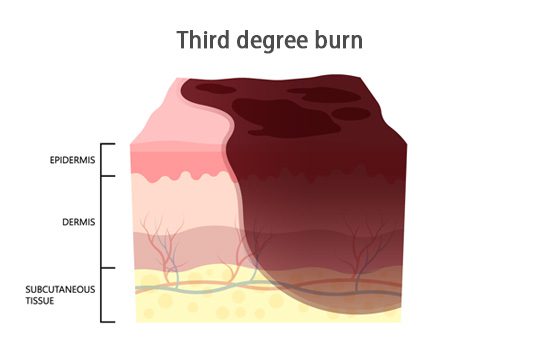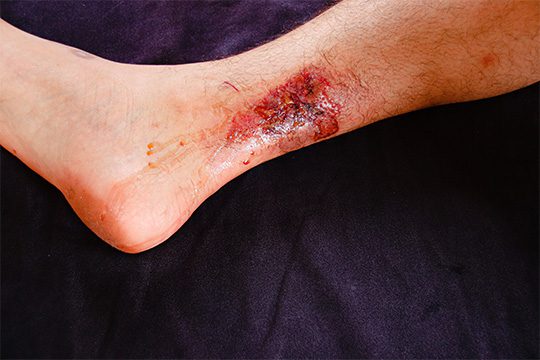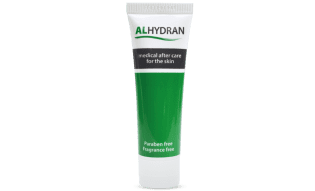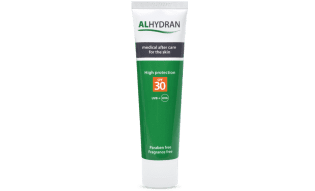3rd degree burn: causes, treatment and aftercare
A 3rd degree burn is a serious injury that affects the full depth of the skin. Such burns can be life-changing, both physically and emotionally. This article explains what happens to the skin when it burns this deeply, how doctors treat it, and how you can care for the healing skin to support long-term recovery.




